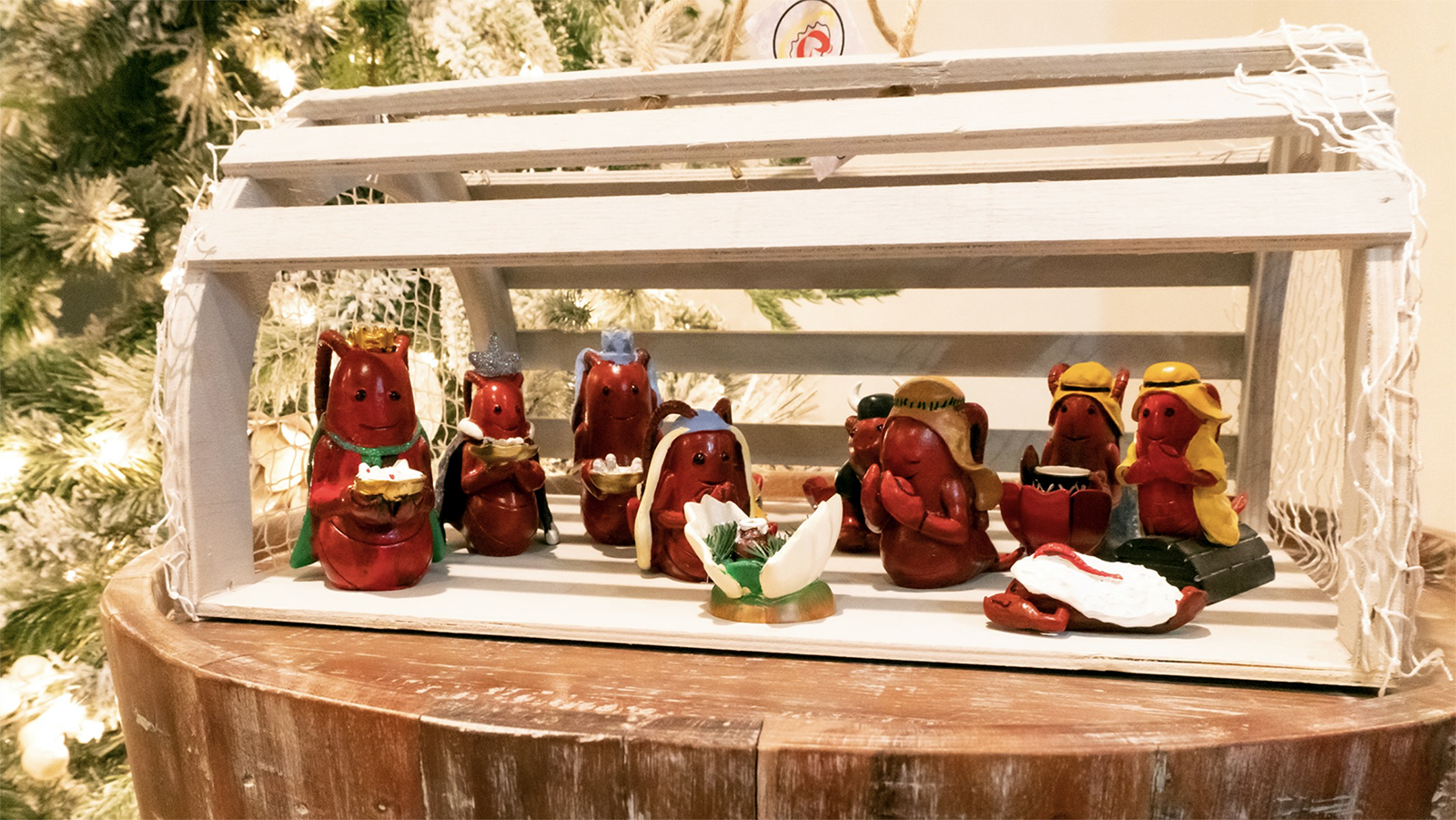More than 200 wildfires broke out in the southeastern US last week, marking an active start to the region’s annual fire season. A particularly large fire in a forest near Myrtle Beach, South Carolina, forced dozens of evacuations and scorched more than 2,000 acres of land. Firefighters have largely contained the most severe blazes, but fire risk remains high in parts of the region.
Severe wind and an unusually long period of dryness in the Southeast have made it easier for wildfires to ignite and spread. Meanwhile, a weather disaster that hit last year may be helping supply ample fuel to keep the flames raging. In September, Hurricane Helene tore through the Southeast, dumping more than a foot of rain in some locations and knocking over hundreds of thousands of acres of trees across the region.
Now, these dried-out trees act as kindling and could block firefighters’ access to the fires. This deadly combination of hurricane-fueled destruction and drought is expected to get worse as climate change accelerates, experts say.
Wet to Dry Whiplash
Though I’m normally based on the East Coast, I spent all of last week in Southern California reporting on the aftermath of the fires that decimated parts of Los Angeles County in January (more stories on this to come). Many people think of the West as the US fire epicenter, which is true in some ways. But purely by numbers, the Southeast has more wildfires than any other part of the country in a given year, according to NASA.
These numerous and (mostly) small fires occur primarily in the spring and fall, with peak activity hitting between March and May. Fire is a natural part of ecosystems in the Southeast, often burning through weedy shrubs and enabling native plants to grow without as much competition. For people, most of the problems begin in what’s called the wildland-urban interface (WUI): A growing number of homeowners in the region live in extremely close proximity to forests and grasslands, where wildfires can easily encroach on property.
And abnormally dry conditions, like the ones that most of the Carolinas have been experiencing since last fall, can pose heightened risks to WUI communities if a fire ignites.
“It’s not typical for conditions to be as dry as they have been the past couple of months,” Lauren Lowman, an associate professor in environmental engineering at Wake Forest University, told me. “Anything from a lightning strike to [a] power line sparking to someone deciding to burn leaves in their backyard and it just sort of getting out of control can lead to a wildfire under those conditions.”













